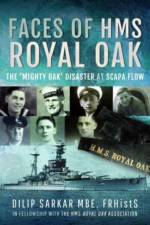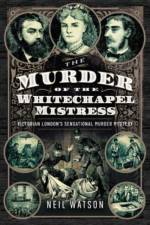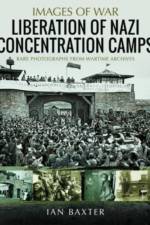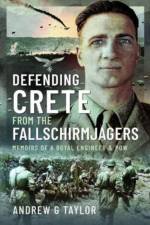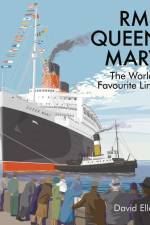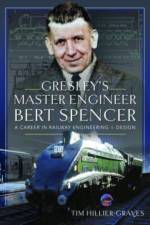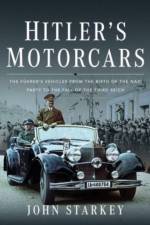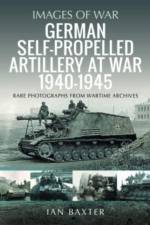av Gerard Keijsper
531
A highly illustrated study of one of the most most lethal, survivable, and connected fighter jets in the world.The origins of the F-35 and the amazing challenges the industry had to be overcome go back to a still-secret NATO study that evaluated the vulnerability of air force bases in the West.This spurred development for Short Take off and Vertical Landing (STOVL) fighter aircraft. Only two aircraft with this capability actually entered service, the British Harrier and the Russian Yak-38. However, these aircraft lacked supersonic capability which made them vulnerable to faster fighters. So a program was initiated for a supersonic STOVL fighter - but the trail of unsuccessful efforts was long. NASA, as well as the defense Evaluation and Research Agency and private industry, studied advanced STOVL propulsion ideas but without tangible result. It was only when the Defense Advanced Research Projects Agency, at the request of the Marine Corps, issued study contracts for a supersonic STOVL fighter to American industry that real progress began to be made.It was Lockheed Martin that came up finally came up with a design that resulted in the remarkable F-35, also known as the Joint Strike Fighter. In this book, Gérard Keijsper explores the long and difficult journey that customers led to buying the Lockheed Martin F-35. Gérard reveals the story of the F-35 in service and why it is often described as an 'international aircraft'.First flown on 15 December 2006, the F-35 achieved Initial Operational Capability with the US Marine Corps in July 2015, being followed soon after, in August 2016, by the USAF. The US Navy, meanwhile, reached this milestone in February 2019. Other nations that have since purchased the F-35 include the United Kingdom, for both the RAF and the Royal Navy, Israel, under which service the type undertook its first combat mission in 2018, Australia, Denmark, the Netherlands, Norway, Japan, South Korea and Italy. There is also a long list of potential customers.This, then, is a fascinating and highly illustrated study of the F-35 in service which, in Lockheed Martin's own words, is the most lethal, survivable, and connected fighter jet in the world.





